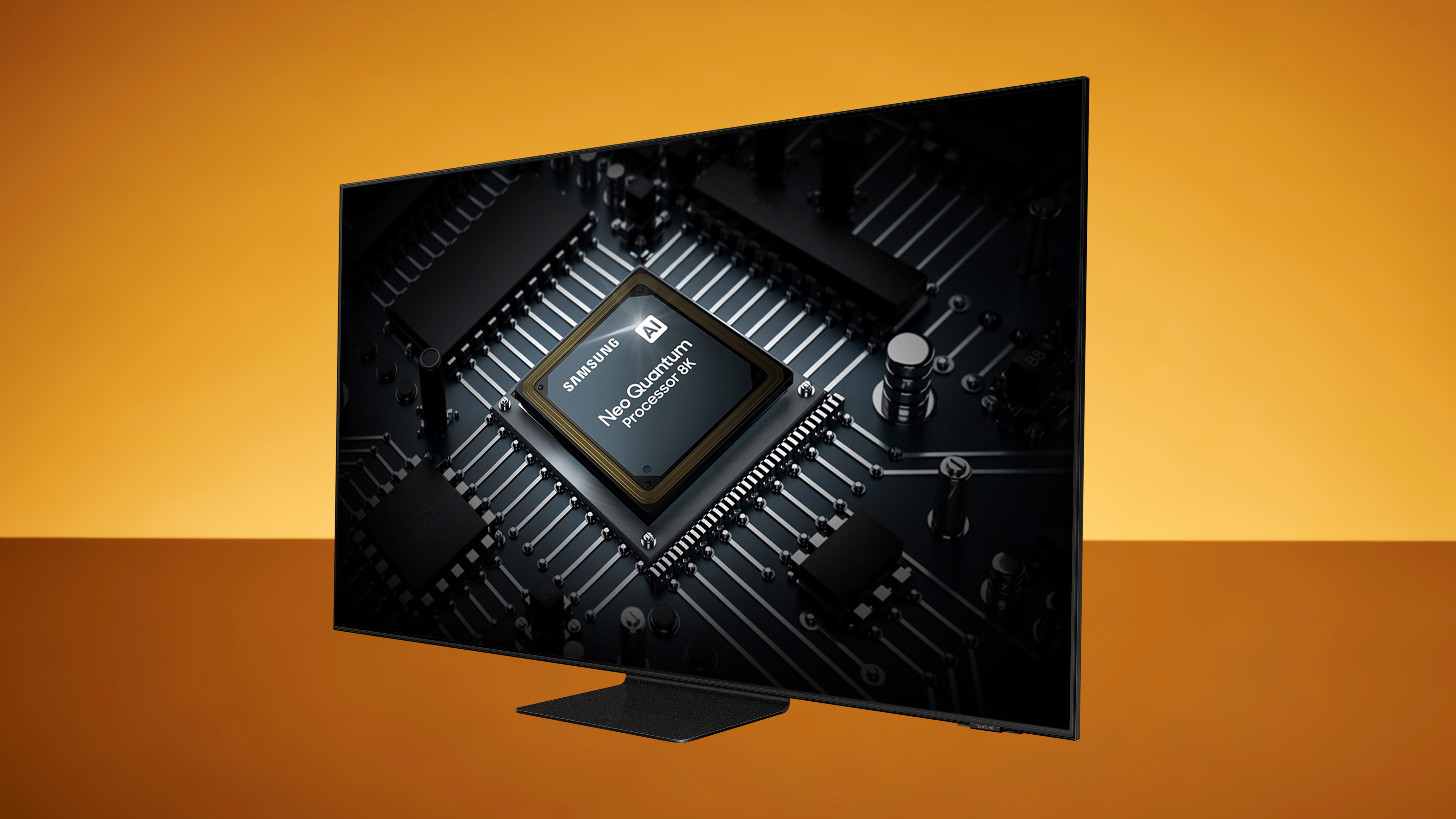

If you've been looking at elite new TVs, you can't have missed the rise in 8K sets with AI upscaling. The best 8K TVs match some of the most advanced panel technology in the world with a higher resolution than 4K TVs offer. Much, much higher in fact.
8K TVs are called that because they're roughly 8,000 pixels across (7,680 to be precise, and 4,320 pixels high) – whereas 4K TVs are around 4,000 pixels across (3,840x2,160).
This means that 8K TVs offer four times the number of pixels of 4K TVs, which can potentially mean impossibly detailed images… but there's a severe lack of 8K video to watch on it. Very few films have ever been captured in 8K resolution, let alone TV or general videos on YouTube and so on.
And that's not likely to change any time soon, really – partly because it's so demanding to stream 8K, and partly because 8K TVs will be the minority of models sold for a quite a while, so the appetite to move to 8K isn't as strong as it was with 4K.
However, that doesn't mean the extra resolution of 8K TVs is wasted. The reason that an 8K model has taken the top spot in our list of the best TVs for last few years is that when you're watching 4K video on it, it still looks better than any 4K TV can offer, thanks to clever upscaling. And with this many pixels, it takes especially clever processing to do a good job, which is why these sets all use upscaling that will be named something like 'AI upscaling' – but what is it, and why does it help?
What is upscaling, anyway?
Upscaling is, simply, when you take an image and scale it up. Unless a video is the exact same resolution as the screen it's being played on, it'll have to go through some form of upscaling, so that it fits the right number of pixels.
In this case, we're talking about taking a 4K video with a resolution of 3,840x2,160 and scaling it up to fill a screen that has a resolution of 7,680x4,320. Now, because 8K resolution is exactly double 4K resolution in both dimensions, you could do the most basic form of upscaling, which is to just make each single pixel of the 4K video fill four pixels on the 8K screen, making it look the same as it would on a 4K screen.
Sign up to the T3 newsletter for smarter living straight to your inbox
Get all the latest news, reviews, deals and buying guides on gorgeous tech, home and active products from the T3 experts
But modern TVs can do better than that. They use processing to analyse the image, and rather than filling in the resolution gaps by repeating pixels, they try to estimate what they think would be there if the video had originally been higher resolution. So, if the TV sees an area with lots of unbroken blue, it can safely assume that it should fill in more of the same.
This is a simplification, of course – all kinds of complex algorithms are involved in practice – but that's the basic concept.
Some parts of the screen are harder to upscale – something like strands of hair is much harder to reliably fill in the gaps for, because they're so fine – maybe just a couple of pixels wide themselves. It's much easier for the TV to guess wrong. Skin and other textures can also be a problem – if the upscaling isn't done well, it looks unrealistic.
Of course, when upscaling is done well, you don't even notice it's happening, yet the image looks sharp, clear and enjoyable.
So where does the AI come in?
So, we just mentioned that with basic upscaling, the system is estimating what the extra pixels should be based on the existing pixels nearby, without any context for what the actual image it's supposed to be creating is.
The new generation of so-called 'AI upscaling' aims to fix that. It basically means that the TV can analyse the image as a whole, and actually recognise what's being shown, similar to how the photos apps in phones can recognise different objects in your pics these days. This means the TV can upscale much more smartly, because it also knows what that kind of thing is supposed to look like.
As with everything labelled 'AI' these days, no artificial intelligence is actually involved. It's a process called 'machine learning', where some software is shown thousands and thousands of different images, and is told what kind of scenes they are. The software then learns from this exposure how to recognise those kinds of things in the future, and creates a new upscaling algorithm based on it, and it's this that's applied to the TVs.
Think of it as similar to how someone who's been an electrician for years can make an accurate guess as to how a wiring system they've never seen before works, because they've worked on so many different things in the past. Imagine if you could take that ability to work things out based on experience and instantly copy it into the brains of new electrician trainees, without them every actually needing to go through the experience.
That's essentially how these 'AI upscaling' systems work – the software is able to recognise a landscape scene, or a dog, or whatever, and apply custom upscaling based on making sure that it looks like it's supposed to.
Some of these 'AI' systems are more advanced than others – some will recognise only types of scenes, while others will recognise specific objects and elements. The latter is what you'll generally find in current 8K TVs.
Are the results really better than 4K?
In the really good TVs, absolutely! It doesn't make 4K video look as good as a true 8K video would, but in larger screen sizes, there's a definitely boost in detail and clarity when comparing a 4K TV to a great 8K TV.
The difference is much harder to spot as you get to smaller screen sizes, which is why 8K TVs mostly come in when you're looking at the best 65-inch TVs, best 75-inch TVs or best 80+ inch TVs.
Matt is T3's former AV and Smart Home Editor (UK), master of all things audiovisual, overseeing our TV, speakers and headphones coverage. He also covered smart home products and large appliances, as well as our toys and games articles. He's can explain both what Dolby Vision IQ is and why the Lego you're building doesn't fit together the way the instructions say, so is truly invaluable. Matt has worked for tech publications for over 10 years, in print and online, including running T3's print magazine and launching its most recent redesign. He's also contributed to a huge number of tech and gaming titles over the years. Say hello if you see him roaming the halls at CES, IFA or Toy Fair. Matt now works for our sister title TechRadar.
-
 I've tested DS & Durga Brown Flowers – it's killer spring scent for everyone
I've tested DS & Durga Brown Flowers – it's killer spring scent for everyoneJust about the floweriest fragrance a fella could wear
By Sam Cross
-
 The 5 most efficient exercises for adding strength and size
The 5 most efficient exercises for adding strength and sizeExercise Scientist Dr. Mike Israetel says these are the lifts you should prioritise if you want to get jacked and strong
By Bryony Firth-Bernard
-
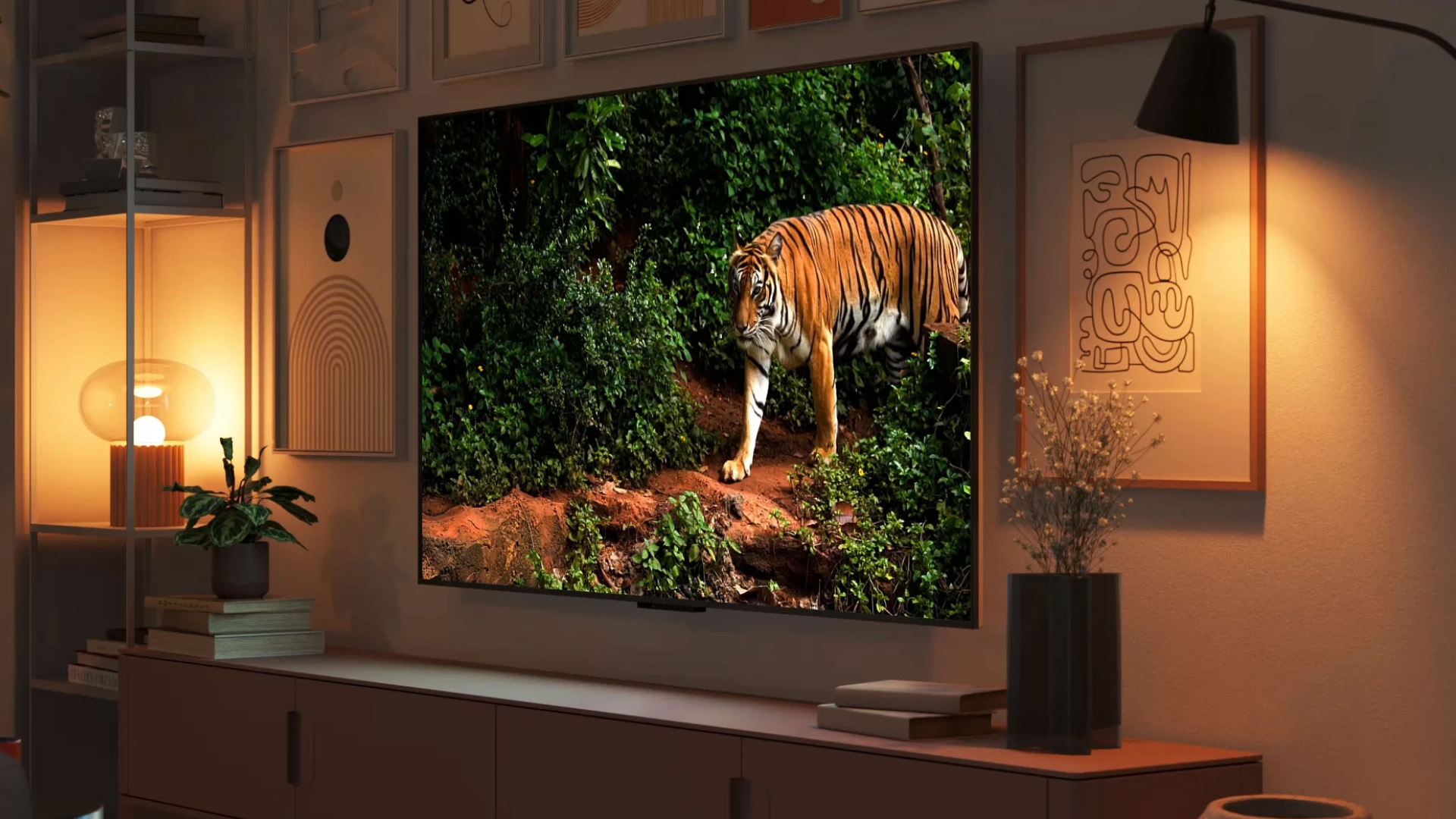 Amazon Fire TV Omni Mini-LED 4K TV review: a huge step up in performance
Amazon Fire TV Omni Mini-LED 4K TV review: a huge step up in performanceAmazon's second-gen Fire TV and first Mini-LED TV is a great option
By Steve May
-
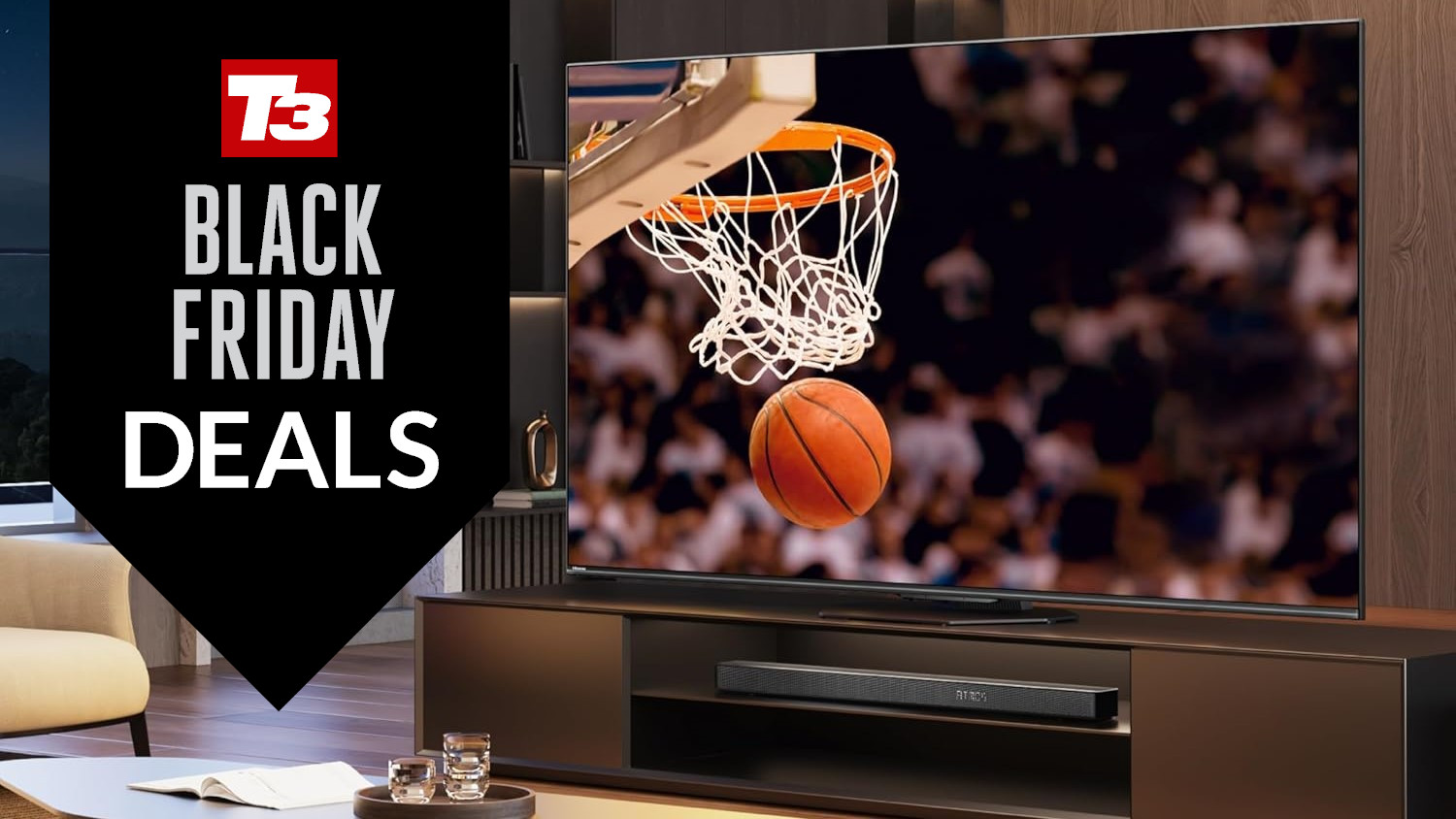 Early Black Friday deal sees price of massive 75-inch TV slashed
Early Black Friday deal sees price of massive 75-inch TV slashedYou'll even get a free copy of NBA 2k25
By Sam Cross
-
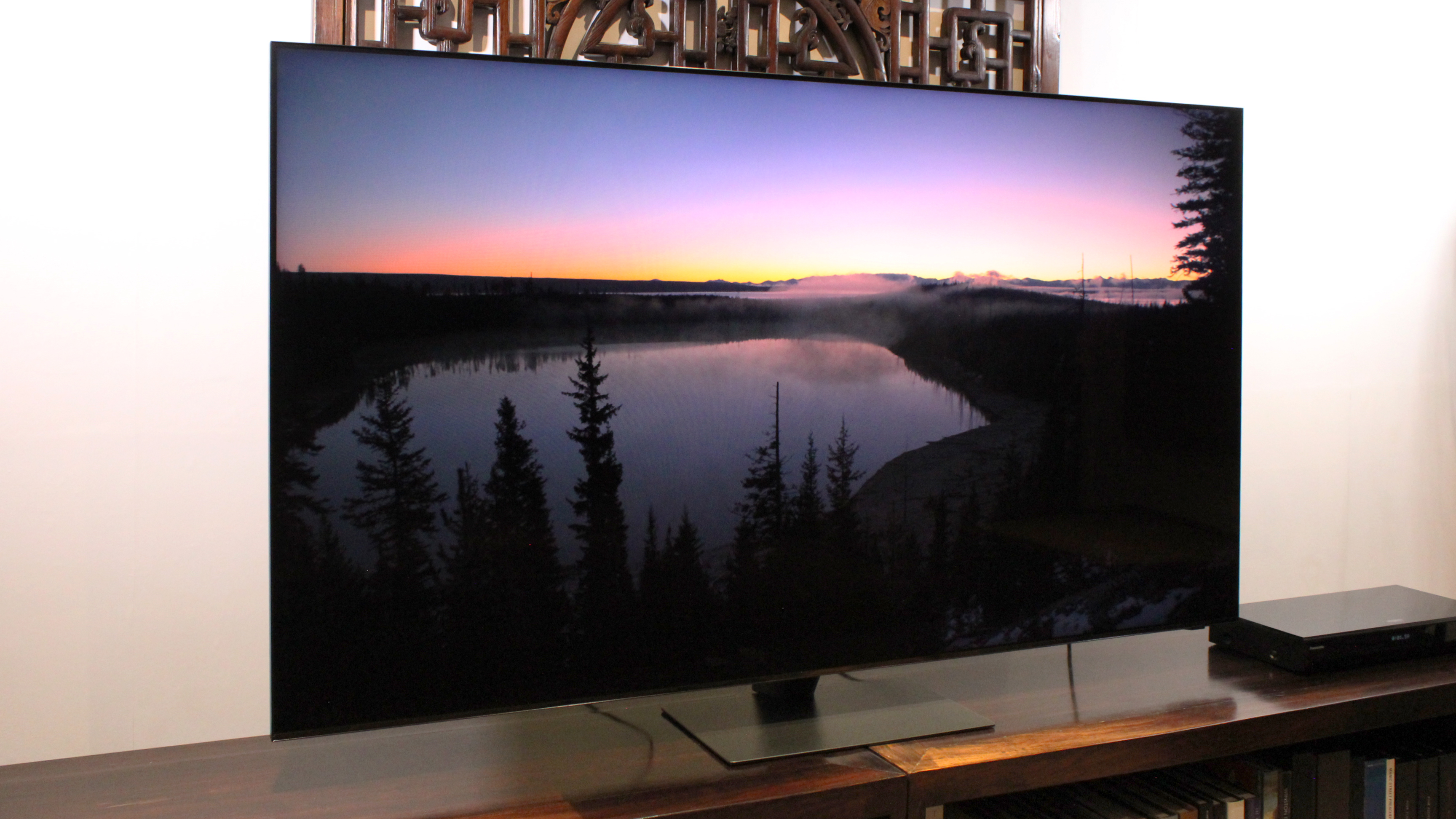 Your Samsung TV just got its biggest free upgrade yet
Your Samsung TV just got its biggest free upgrade yetOne UI is rolling out to the latest Samsung TVs now
By Britta O'Boyle
-
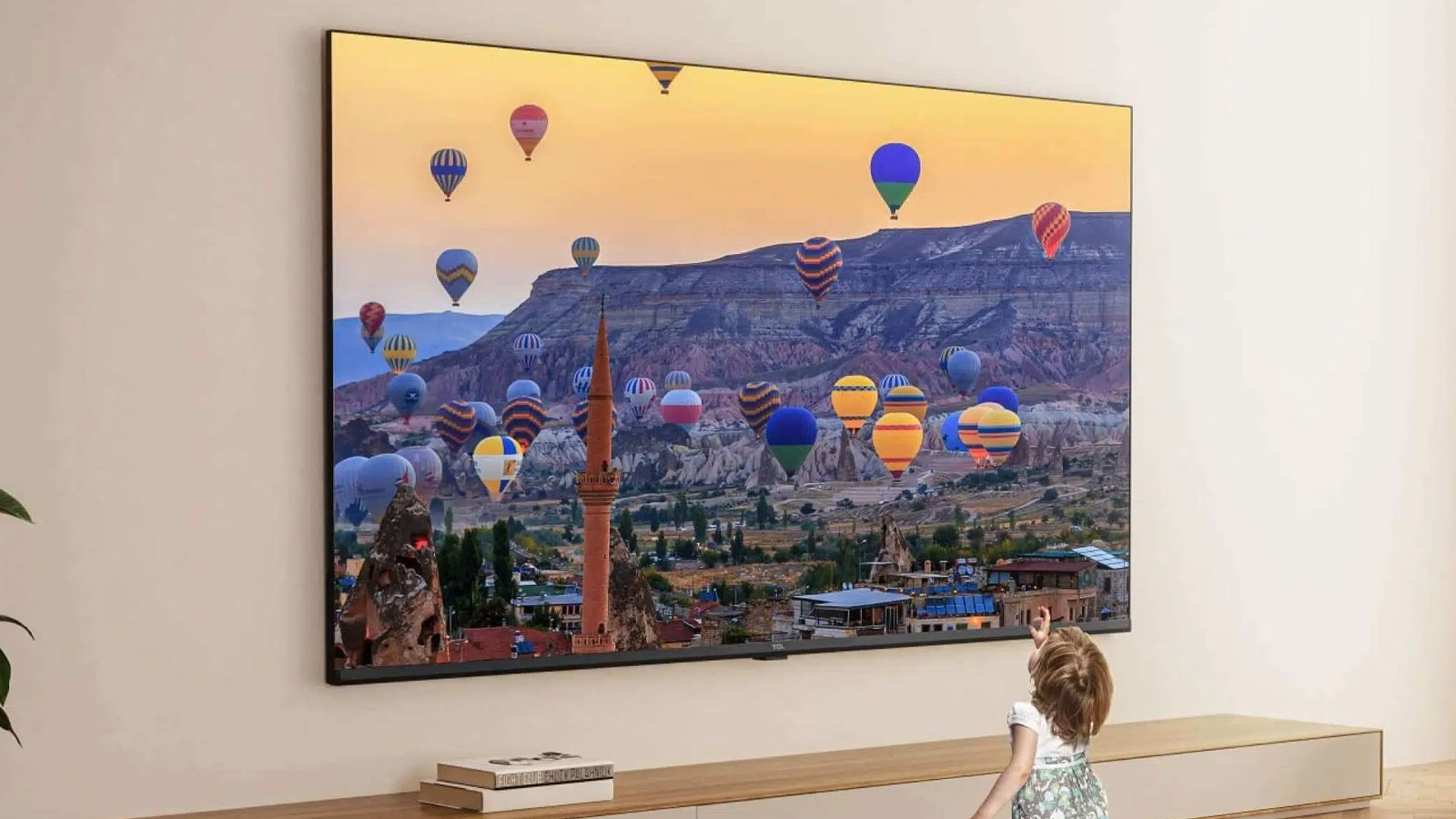 This ultra-bright mini-LED TV is the display of my dreams
This ultra-bright mini-LED TV is the display of my dreamsTCL's next flagship looks fantastic
By Andy Sansom
-
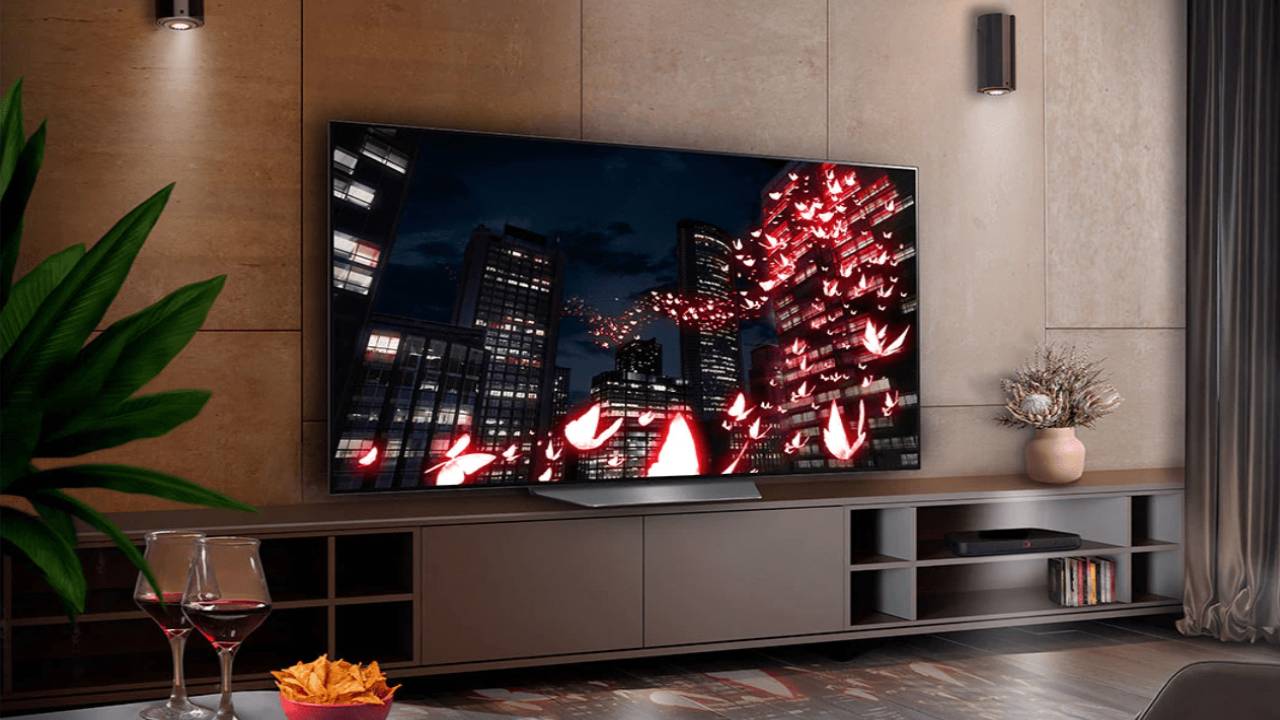 LG TV owners just got Apple TV+ for free
LG TV owners just got Apple TV+ for freeNo matter if you have an LG OLED TV or an LED model, you just got Apple TV+ for free
By Robert Jones
-
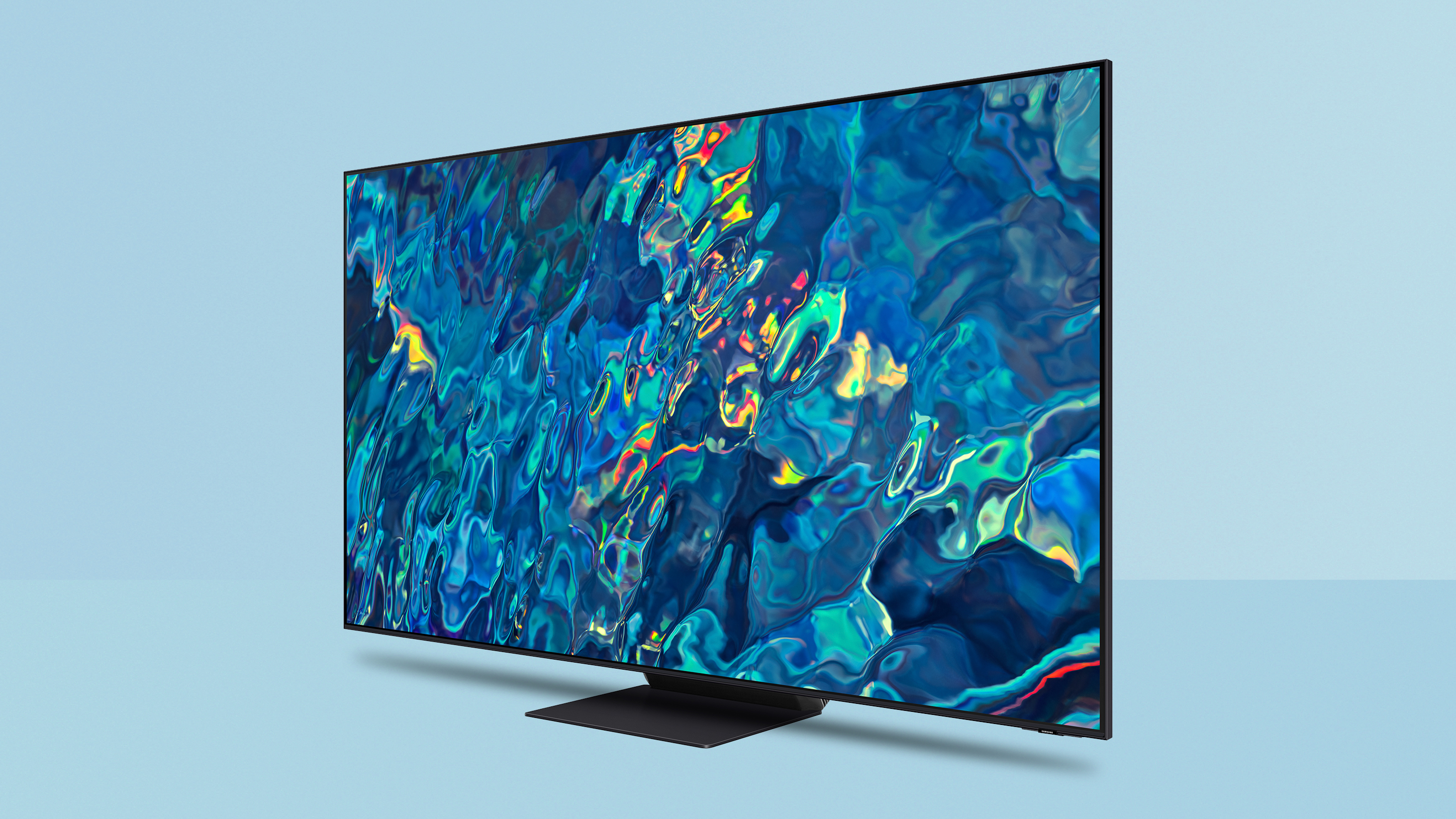 Samsung smart TV owners just got a welcome image upgrade
Samsung smart TV owners just got a welcome image upgradeHDR10+ comes to the Apple TV app on Samsung Smart TVs
By Carrie Marshall
-
 My LG C1 OLED TV makes The Darkness look incredible on Xbox Series X
My LG C1 OLED TV makes The Darkness look incredible on Xbox Series XThis classic first-person shooter is taken to a new level of awesome thanks to OLED TV tech
By Robert Jones
-
 TV deals in the Amazon Prime Early Access Sale from Samsung, LG and more
TV deals in the Amazon Prime Early Access Sale from Samsung, LG and moreBlack Friday deals have come early with these TV deals as part of Amazon's Prime Early Access Sale
By Mat Gallagher